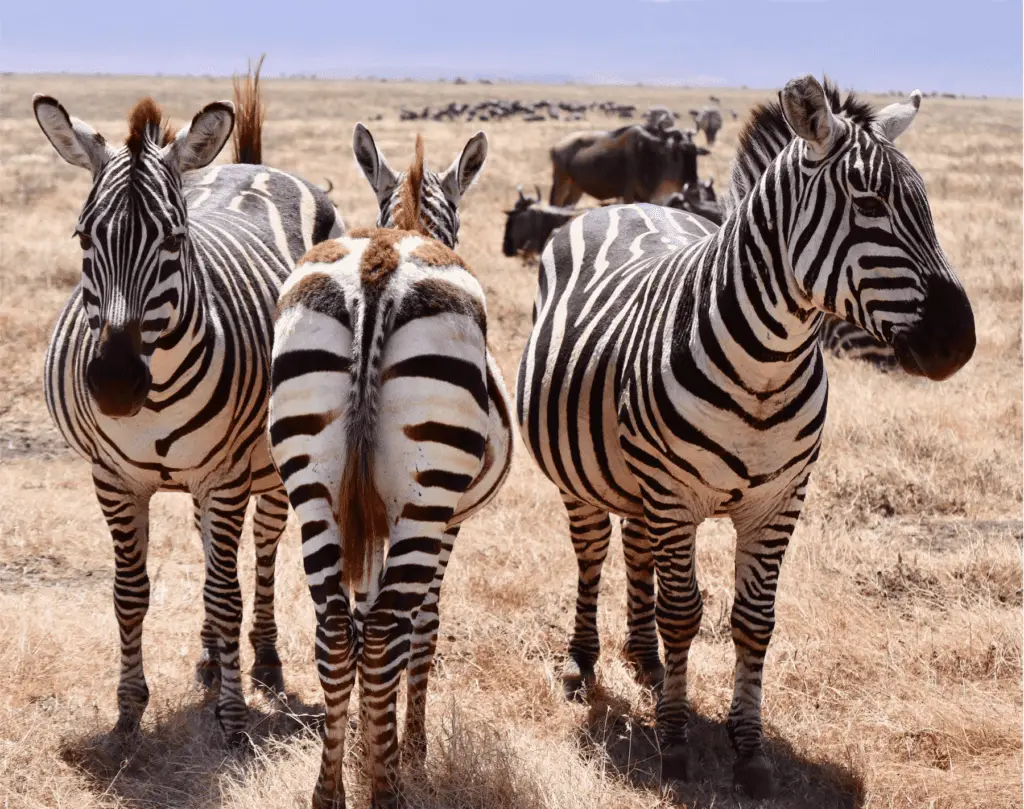Which One:
No, this is not about the great migration of people relocating to Florida from the Northeastern United States. I am referring to the movement of vast numbers of wildebeest, zebra, Grant’s gazelle, Thomson’s gazelle, eland and impala. These animals move in an annual route primarily through the east African country of Tanzania. The route circles around the Serengeti National Park, Loliondo Game Controlled Area, Ngorongoro Conservation Area, and the Grumeti Reserve. It stretches to the Masai Mara Game Reserve in Kenya bordering the Serengeti National Park.
Where and Who:
This is one of the most spectacular wonders of the natural world. These animals are constantly searching for good water and green pastures. It is truly one of the worlds most visually stunning and breathtaking adventures. We were fortunate to witness this during a pre-covid week, during late August. We were camped at the Governors’ Il Moran Camp. You cannot find a better run safari camp in the Masai Mara. It is also located in the middle of the best possible location for the siting of the big five game animals; elephants, lions, leopards, rhinoceros and cape buffalos. If you are able to choose your guide, as we were, make sure you ask for Simon.
What are Friends for:
The zebra and wildebeest must be really good friends. They seem to help each other out all year round since the great migration happens continuously. The same plants are eaten. They drink the same water. We never saw them fight with one another. The wildebeests are extraordinarily good at sniffing out water from the ground. The zebras help out in protecting and navigating the wildebeests, keeping them on course and on schedule. In the above picture, Mom and Dad Zebra are protecting Junior in the middle. Notice the fuzzy brown hair on the little one. They always face in opposite directions when together to minimize surprises. True harmony.
What’s the Schedule:
Simon told us that 8,000 wildebeest are born every day, each year, during mid to late February. The calves are able to walk as soon as they are born. They need to get their legs operational really quick. The lions are not the only predators seeking a good meal from the migration. Leopards, hyenas, cheetahs, and crocodiles are some of the others.
The precise timing of the Serengeti wildebeest migration is not certain because it is entirely dependent upon the rainfall patterns each year. August and September see the herds spread out across the northern Serengeti. This is where the Mara River provides the migration with its most serious obstacle. This river gushes through the northern Serengeti from Kenya’s adjacent Masai Mara Game Reserve. Watching the frantic herds of the wildebeest migration crossing the Mara River can be very spectacular. There are often scenes of great panic and confusion. It’s common to see herds cross the Mara River north on one day, and then back south a few days later. Sometimes they approach the river and turn back repeatedly. Eventually, like New York City traffic, they get to where they intended to go.


